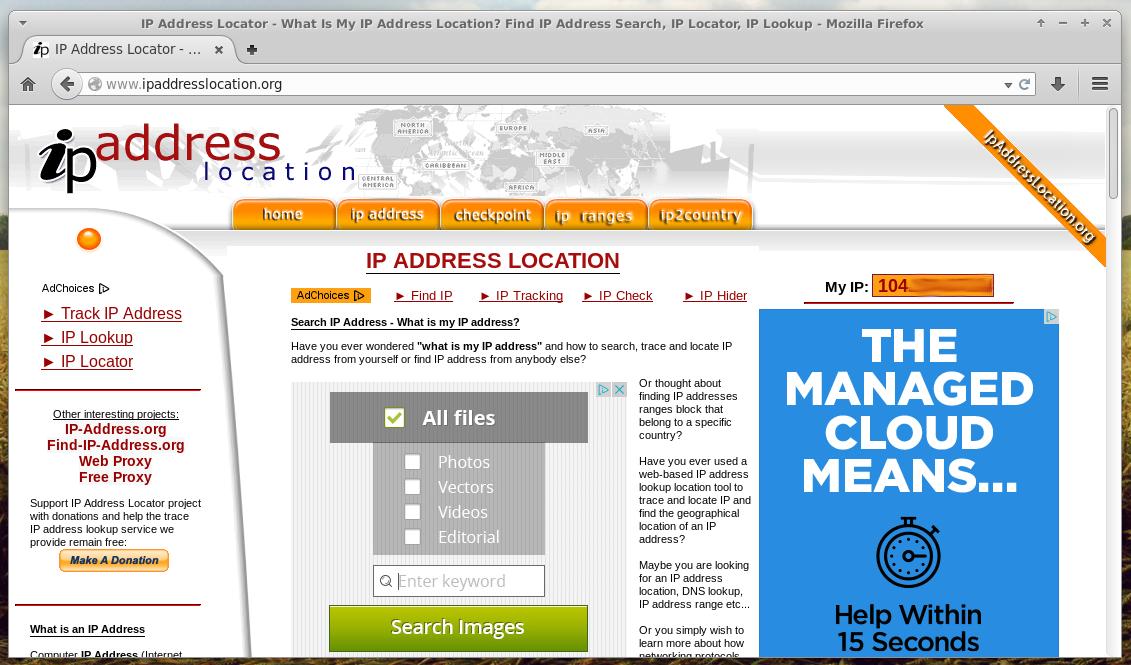
Signal should start with proxy configured, and you will probably also note another window quickly flash first. Save the file (for example on your desktop) and test by double-clicking. Modify paths so it corresponds to your system. īasically, create a file named startSignal.bat (or something equally suitable, the important part is the file extension) and put this oneliner in it:Ĭ:\Windows\System32\cmd.exe /c "set HTTPS_PROXY=pac+ & start C:\Users\youruser\AppData\Local\Programs\signal-desktop\Signal.exe" I have another solution, which I believe should work even if you are not able to edit environment variables through the control panel - but I haven't tested it with that limitation so your mileage may vary. I am neither a developer nor an admin, but I hope anyone can look into this. This fallback could be triggered if all other means of trying to connect fail and the command above yields a non-zero value.

Signal could then try to connect using the proxy settings described in the PAC file. (Get-ItemProperty -Path 'hkcu:\Software\Microsoft\Windows\CurrentVersion\Internet Settings' -Name AutoConfigURL).AutoConfigURL This can be done using a powershell command like this: So one solution could be a fallback rule for Signal Desktop to extract the PAC files URL from the Windows registry. However, I needed local admin rights on my machine to do this and it's not feasable for the normal user. I could solve the issue by creating a new environmental variable HTTPS_PROXY like described by jnasm.


Define a PAC file with your company's proxy settings and put it on a web server.I'm not a Windows admin but as far as I can see a typical enterprise setup looks like this:


 0 kommentar(er)
0 kommentar(er)
